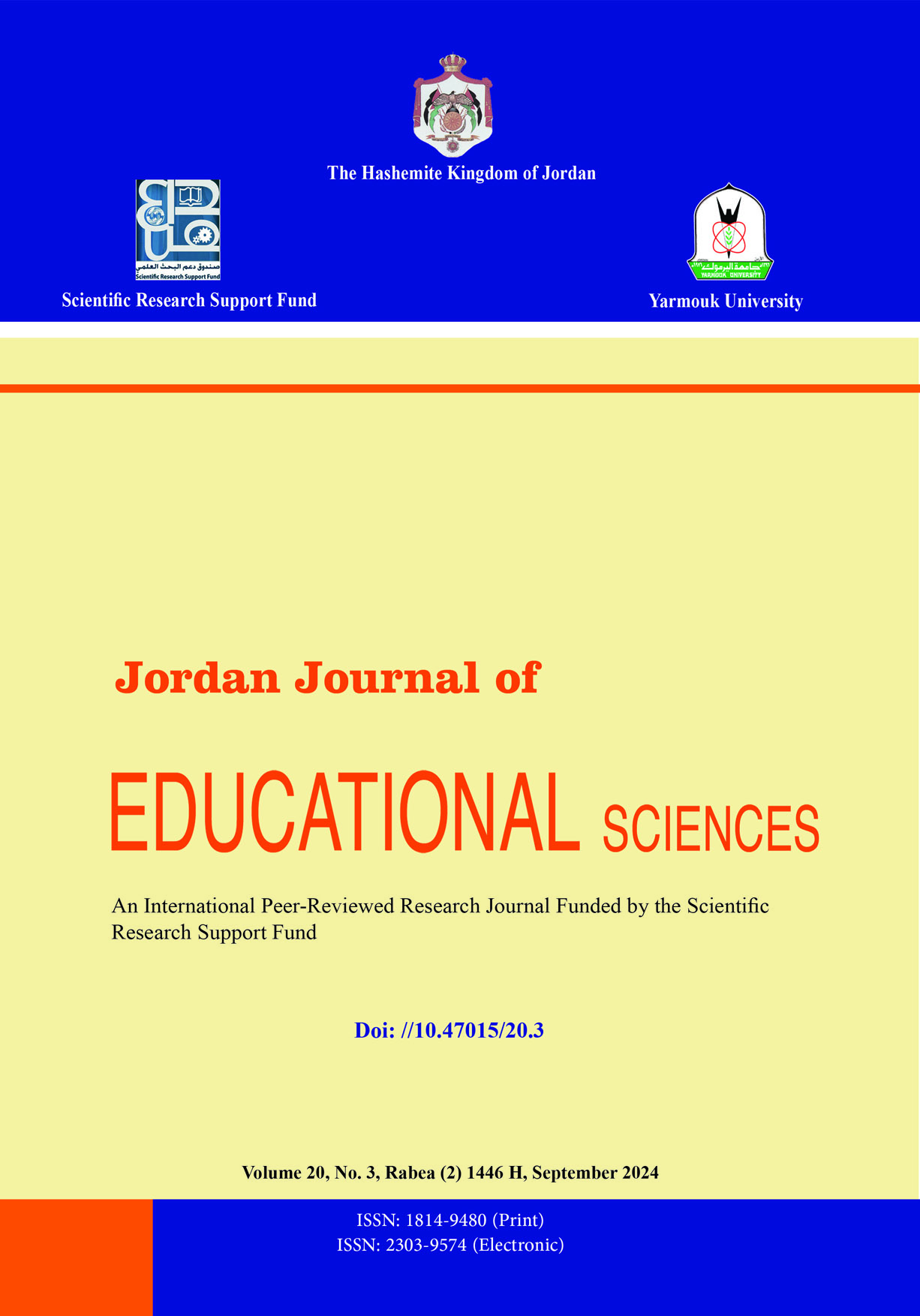Self-Efficacy in Engineering Design among Female Secondary School Students in the Subject of Physics
DOI:
https://doi.org/10.47015/20.3.9Abstract
Abstract: The purpose of this study is to identify the sources
of self-efficacy in engineering design among female secondary
school students studying physics using an argument-driven
engineering design model.To achieve research goals, the
qualitative method “Case Study” approach was followed, and
data were collected through semi-structured individual
interviews with 17 experts in the field of STEM education and
14 twelfth grade female students in the city of Riyadh. The
results showed that the teaching model enhanced self-efficacy
in the engineering design of the students through four sources:
1) Mastery Experiences: by providing students with
experience in engineering design, specifically the way
engineers think in solving problems. 2) Vicarious
Experiences: by adopting the principle of design as an
engineering practice, and getting acquainted with the
engineering professions. 3) Verbal Persuasion: which students
obtained during their work in collaborative groups to find
solutions, and the scientific argument sessions. 4) Emotional
Arousal: in which the model adopts the principle of designbased learning that supports the gradual construction of
concepts related to design and guarantees the existence of
engineering challenges that are neither complex to the point of
frustration nor easy to the point of neglect. The research
concluded with a number of recommendations, the most
prominent of which are: engaging students to engineering
expertise by developing engineering activities that support
scientific concepts in physics books; and clarifying how
scientists and engineers think when solving problems.
(Keywords: Engineering Design, Sources of Self-efficacy,
Mastery Experiences, Vicarious Experiences, Verbal
Persuasion, Emotional Arousal)

